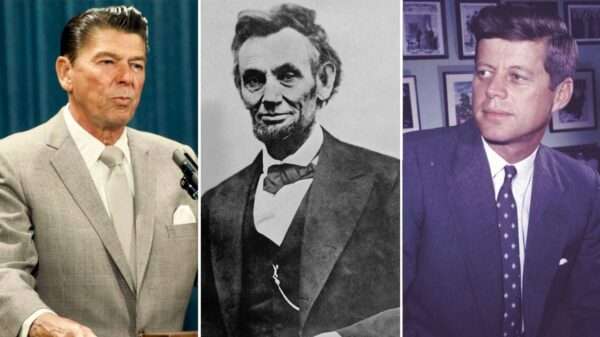In recent times, McDonald’s, the global fast-food giant, has found itself at a critical juncture as it faces a noticeable decline in customer visits. This trend has prompted the company to reassess its menu offerings and pricing strategy, a move that reflects broader challenges within the fast-food industry. As consumer preferences evolve and economic conditions shift, McDonald’s is exploring various avenues to maintain its competitive edge and attract customers back into its restaurants.
One of the main drivers behind the company’s decision to reconsider its menu and pricing is the changing landscape of consumer expectations. Today’s customers are more health-conscious and environmentally aware, with many seeking out dining options that align with their values. This shift has put pressure on traditional fast-food chains, including McDonald’s, to offer healthier and more sustainable menu items. As a result, the company is likely exploring new product lines that cater to these preferences, potentially expanding its range of salads, plant-based alternatives, and lower-calorie options.
Furthermore, the economic backdrop has played a significant role in influencing consumer behavior. Rising inflation and economic uncertainty have led many customers to tighten their belts, making them more selective about where they spend their money. In this context, McDonald’s pricing strategy becomes a crucial factor in attracting budget-conscious diners. The company is expected to review its pricing structure to ensure that it offers value for money without compromising on quality. This might involve revisiting portion sizes, bundling deals, or introducing more affordable options that appeal to a wider demographic.
In addition to menu and pricing changes, McDonald’s is also likely to focus on enhancing the overall customer experience. The rise of digital technologies and the growing importance of convenience have reshaped consumer expectations. To stay competitive, McDonald’s has been investing in digital ordering systems, delivery services, and drive-thru innovations. By continuing to streamline these services and making the dining experience more seamless and efficient, McDonald’s aims to meet the modern consumer’s demand for convenience.
The fast-food giant’s rethinking of its menu and pricing is not occurring in isolation. The entire industry is undergoing a transformation as companies adapt to new market realities. Competitors are also innovating and introducing similar changes, making it imperative for McDonald’s to stay ahead of the curve. The company’s ability to successfully navigate these challenges will likely depend on its responsiveness to customer feedback and market trends.
In conclusion, McDonald’s initiative to rethink its menu and prices is a strategic response to a confluence of factors, including changing consumer preferences, economic pressures, and competitive dynamics. As the company charts a course for the future, it must balance the need for innovation with the timeless appeal that has made it a household name. By doing so, McDonald’s hopes to not only retain its existing customer base but also attract new patrons, ensuring its continued relevance in the fast-paced world of fast food.









































